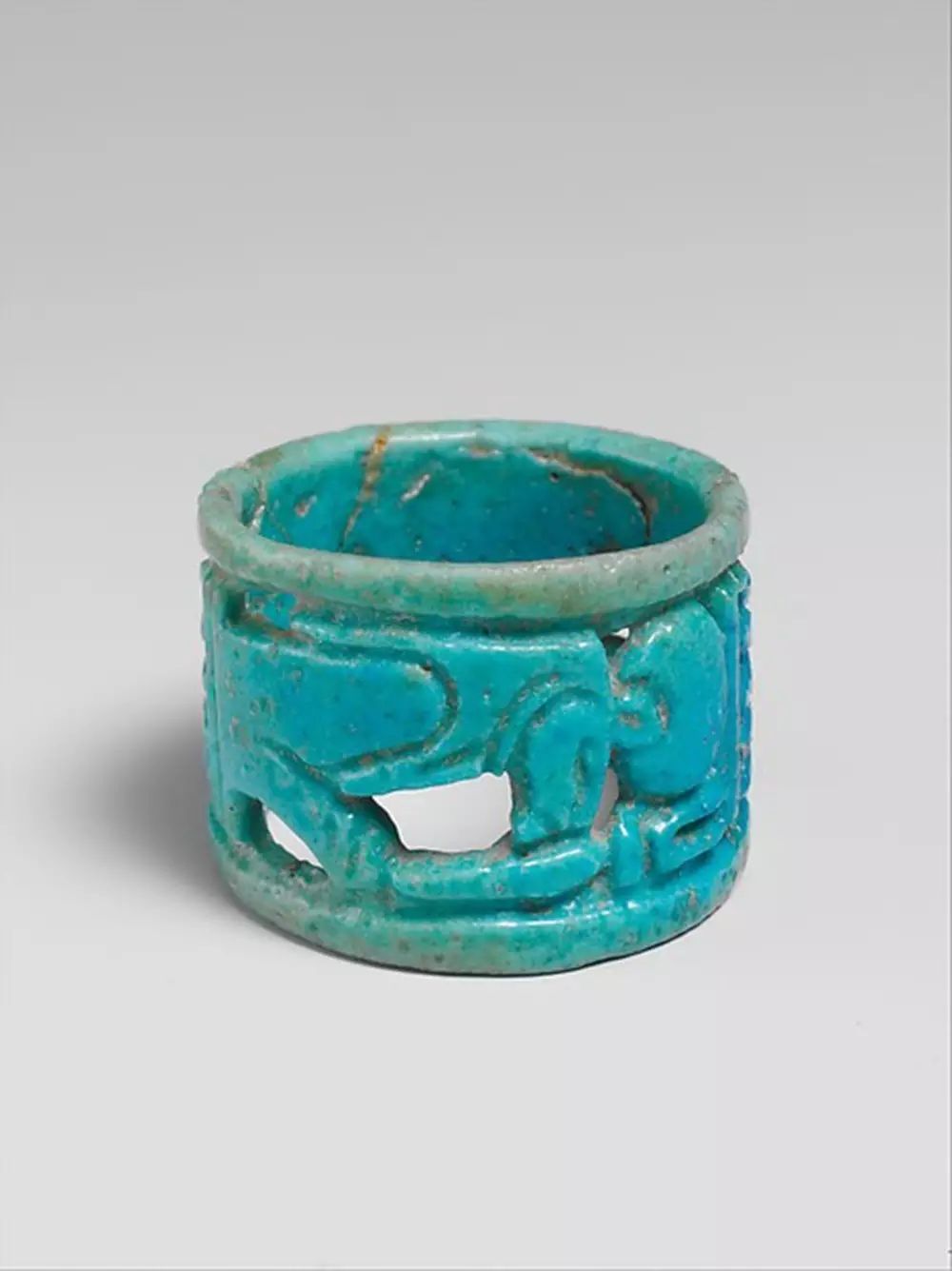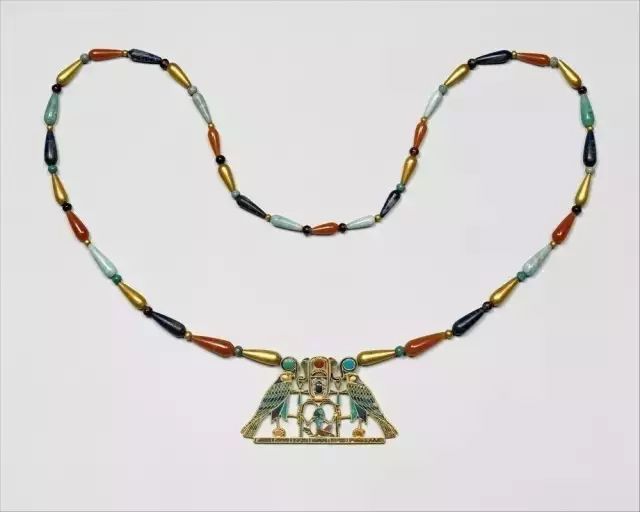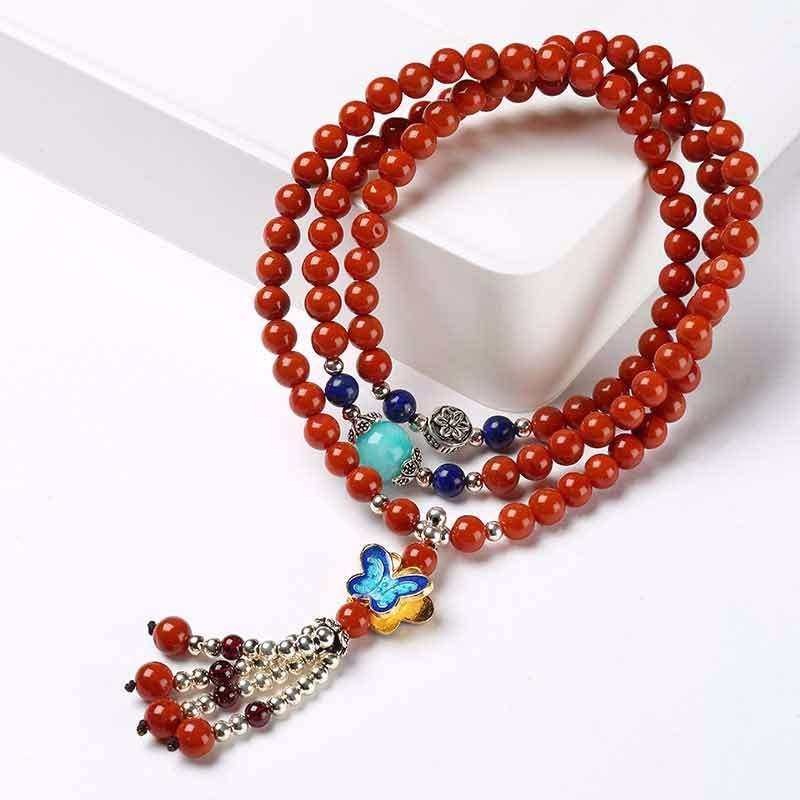4,000 years ago, there were such exquisite beads.
ancient style lovers, hand-making masters, and those who have endless pursuit of beauty you! In this fast-paced era, do you occasionally want to slow down,and listen to a whisper from ancient times? Today, let’s uncover the mystery of the beads , and explore the historical and cultural stories behind them that have gently treated by time!
This civilization is the famous – ancient Egyptian civilization
Why is it one of them? Because there have been many civilizations in the world that like beads as much as we do. And even they like beads no less than we do. They also created the most exquisite bracelets in the world at the time.
While we’re at it, the earliest people found beads at a Neanderthal site in France that is 38,000 years old. And the earliest in China were found at Zhoukoudian 20,000 years ago. In addition, the earliest discovery of pine and crystal beads in China is the history of use. More than 6,000 years ago in Henan and Anhui, that is, the period of the three emperors and five emperors. Anyway, let’s take a look at the history of the ancient Egyptians using beads. There were no photos at that time, but Rain sister still found many ancient Egyptian cultural relics from foreign museums for everyone to enjoy.
First, explain why they were the first civilization to make glass.
The Metropolitan Museum of Art: Ancient Egypt, 1991 B.C.
(when China’s Xia dynasty was founded), exquisite beads made of ceramic and glass.

Also in the collection of the Metropolitan Museum of Ancient Egypt, exquisite beads unearthed in 2000 BC.

Metropolitan Museum Collection: 1000 BC,
When food and clothing were a problem, someone still in the mood to study glass exquisite beads. How much the ancient Egyptians loved to play with beads.



Louvre collection, you can see the different shapes of beads.
As well as a variety of materials such as red agate (and red agate material is good.)


Of course, ancient Egypt also had some similar “Tibetan” style accessories.
Collections of the Ancient Egyptian Museum









The bracelet, exquisite beads as a cultural symbol and fashion accessory, carries historical and religious significance. Its evolution reflects people’s spiritual pursuit, and the material and style show individual taste. Appreciation of the bracelet needs to understand its cultural value, and collection witnesses the historical inheritance. The bracelet is a cultural symbol connecting the past and the future, which is worth cherishing and inheriting.This simple string of beads, gently around the wrist, as if the witness of time, recording the bit by bit of history. Whenever we wear it, do we think about the culture and story behind it? Today, let us uncover this mysterious veil together, explore the thousand years of culture and history behind the bracelet, and feel that this is not only a kind of decoration, but also a symbol of cultural inheritance.

As a unique cultural phenomenon in human history, the origin of the bracelet can traced back to the distant Neolithic Age. At first, they may have been simple stones, bones, or shells strung together as decorations to mark status or as gifts exchanged between tribes. With the development of civilization, the material and production process of the bracelet gradually enriched, and precious materials such as gold and silver, jade, and gems began to be used in the production of the bracelet, making it more exquisite and rich in symbolic significance.
In China, bracelets are closely linked to religious culture. In Buddhism, bracelets are often used as rosary beads to help believers count and meditate. Each bead represents a practice or prayer, and through the fingering of the fingers, believers can chant the scriptures more intently, achieving spiritual purification and sublimation.


With the change of The Times, the bracelet gradually evolved from a religious ritual to a fashion accessory. In contemporary society, the bracelet is no longer a symbol of a single religion or culture, but has become a global fashion trend. Whether it is delicate jade bracelet, rough wooden bracelet, or exotic Tibetan bracelet, it has become the embodiment of people’s pursuit of personality and taste.
The popularity of exquisite beads bracelets also reflects modern people’s desire for cultural and spiritual pursuits. Wearing a bracelet is not only for decoration, but also an inner expression. It may represent a belief, an attitude, or even a philosophy of life. In this fast-paced, high-pressure society, the bracelet seems to become a spiritual sustenance, so that people can find a little peace and comfort in the hustle and bustle.

Third, the cultural implication of the string: the story of a string of beads
Each bead on the string carries a rich cultural meaning. In Buddhism, 108 rosary beads represent 108 kinds of troubles, and by dialing the rosary beads. These troubles eliminated and inner peace is achieved. In Taoism, the bracelet often used as a tool to help Taoist monks communicate with the gods.
In addition, different exquisite beads of the bracelet also represent different cultural meanings. For example, the bodhi string symbolizes wisdom and enlightenment; Jade bracelet means purity and nobility; The wooden bracelet gives people a natural and simple feeling. These bracelets are not only beautiful and generous, but also reflect the temperament and cultivation of the wearer.

Fourth, the appreciation and collection of bracelets: the blend of taste and history
For the appreciation and collection of exquisite beads bracelets, in addition to paying attention to its material and technology, it is more important to understand the cultural and historical value behind it. A good string of handstrings should not only have superior materials and exquisite craftsmanship, but also be able to reflect a unique cultural connotation and aesthetic pursuit.
When collecting bracelets, we can focus on those with historical significance or special cultural background. For example, some ancient rosary beads, Taoist artifacts or masterpieces are not only of high artistic value, but also a historical witness and cultural inheritance. By collecting these bracelets, we can gain a deeper understanding of the diversity and richness of human civilization.

5. Bracelet and Contemporary Society: The collision of fashion and culture
In contemporary society, the bracelet has become a unique cultural symbol and fashion element. Whether in the streets or in high-end occasions, we can see all kinds of bracelets dotted on people’s wrists. They may be rough and bold, or delicate and elegant, but they all reveal a unique personality and taste.
The popularity of the bracelet has also boosted the development of related industries. Nowadays, more and more designers and craftspeople have begun to combine traditional crafts with modern fashion to create unique bracelet works. These bracelets not only have a high aesthetic value, but also arouse people’s attention and respect for traditional culture.

The string, a simple and mysterious cultural symbol, carries countless stories and implications in the history of thousands of years. It bears witness to the progress and development of human civilization, and also records our eternal pursuit of beauty and culture. Whether it is used as a religious artifact, fashion accessory or cultural collection, the bracelet attracts our eyes and hearts with its unique charm.
In this rapidly changing era, let us cherish and inherit this cultural heritage spanning thousands of years! Whether you are a fan of the string or a cultural pursuer, I hope you can find your own peace and strength in the world of the string


Hi, this is a comment.
To get started with moderating, editing, and deleting comments, please visit the Comments screen in the dashboard.
Commenter avatars come from Gravatar.